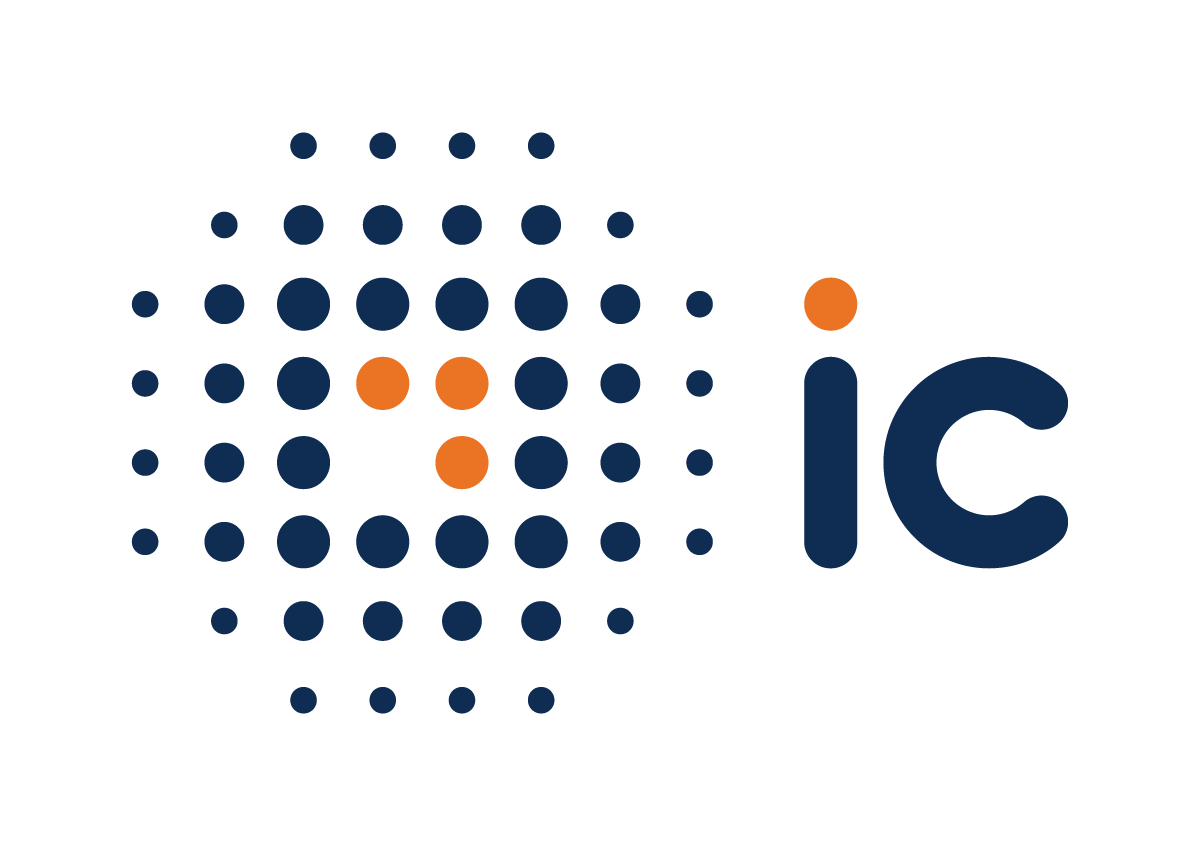Although IC’s mutual funds are not impacted by the 20th October 2022 Securities and Exchange Commission (SEC) directive for market operators to adopt a mark-to-market valuation methodology, we consider it responsible to help educate our clients on the mechanics of the two most used valuation methodologies and their impact on a portfolio, in an attempt to help restore clarity and calm to our markets.
The directive issued by the SEC instructed market operators to use the mark-to-market valuation method to value all the investments, securities and portfolios they hold, and particularly impacted mutual funds with fixed income investments. Subsequently, clients started receiving statements from their fund managers which indicated an amortised value and a mark-to-market balance. In this post we will explain what these concepts are and how it affects your investments.
In Ghana, mutual funds and unit trusts pool funds by issuing shares to investors and then invests those funds in a range of assets, including fixed income (government bonds, corporate bonds and treasury bills); equity assets like listed stocks and finally cash. The prices of the shares issued therefore reflects the values of these assets held by the fund. Many local fund managers adopted the Amortised Value (“Held-to-Maturity”) method of valuing the assets held by the fund, which for fixed income assets simply reflects the face value – that is, the amount of money expected at maturity. The assumption behind this method is that the fund will hold these assets until their maturity date and would not have to sell them before then.
However, when investors are withdrawing their funds at a rate higher than usual, the fund is likely to run out of the cash they keep on hand for redemptions and may be forced to sell some of the assets in their portfolio in order to meet redemptions. If market conditions are such that the assets command a price much lower than the face value of the assets, then the fund manager will struggle to meet the redemptions. And this is why the mark-to-market valuation method is important.
Mark-to-Market valuation requires that assets not be valued at their face value, but rather at the price at which they can be sold for. This method of valuation ensures that customers have a better understanding of the value of their investments and allows fund managers to be able to meet redemptions much faster. The SEC issued this directive because rising inflation, interest rates and currency depreciation have affected the securities market and reduced the market prices of the assets held by investment firms. This made the amortised value method inappropriate for valuing assets as market conditions had significantly affected the market prices of the assets they held.
If you have any additional questions about this topic or investing in general, why don’t you call us at IC on +233 (0)308250051 or email clientservice@ic.africa. We have a team of experienced investment advisors who will guide you on how you can safeguard your money in these uncertain times.
Thank you for reading.

